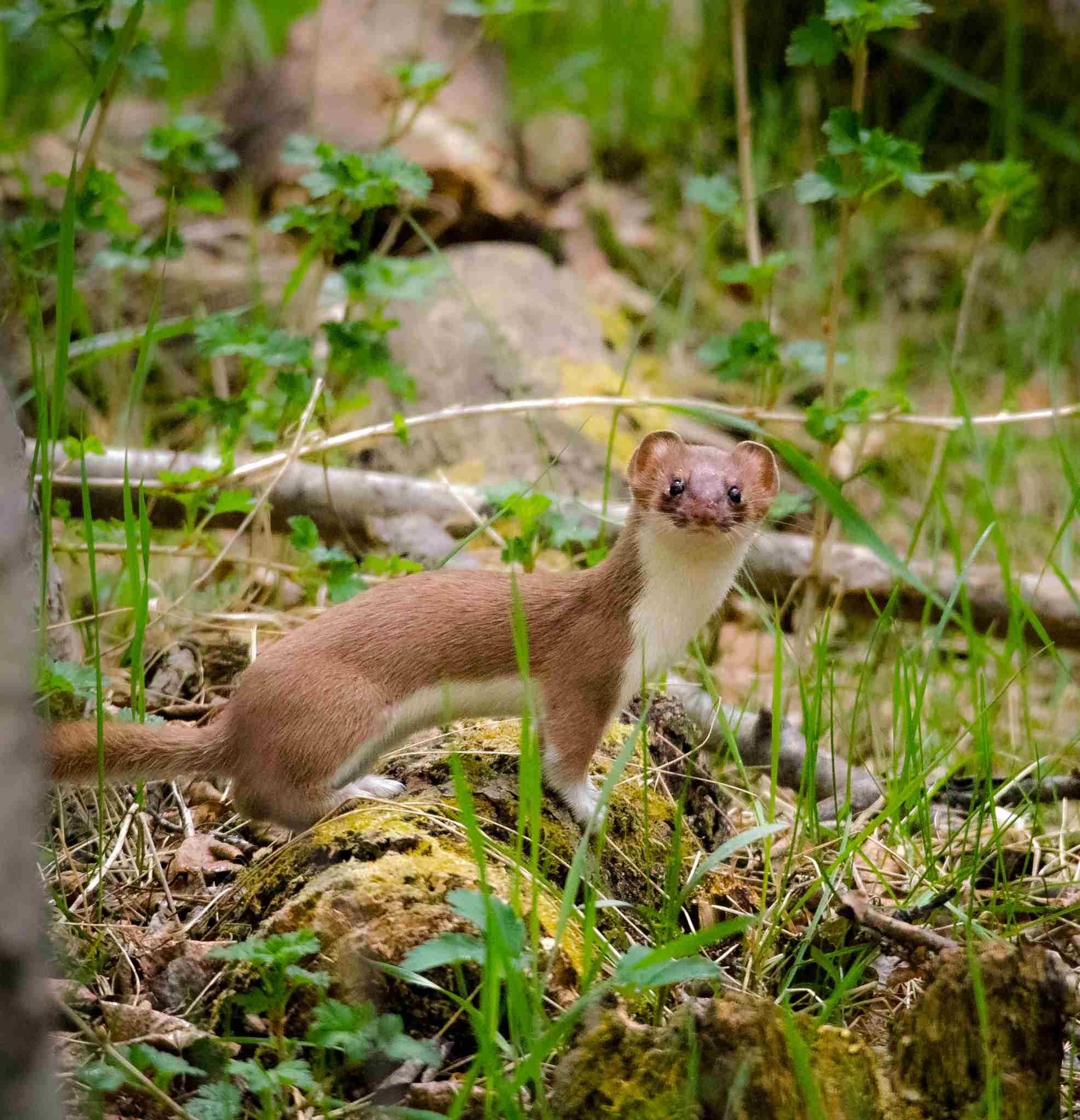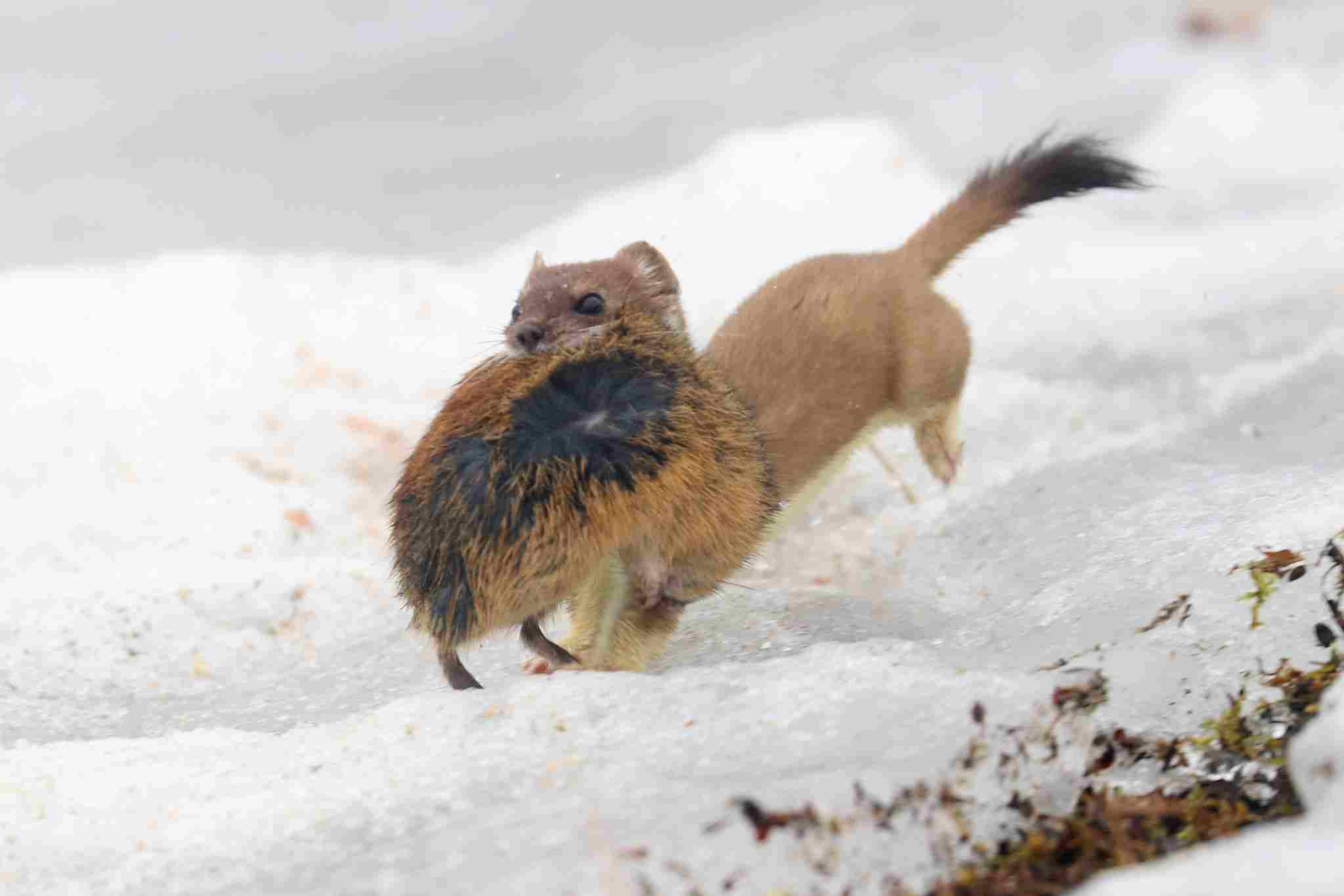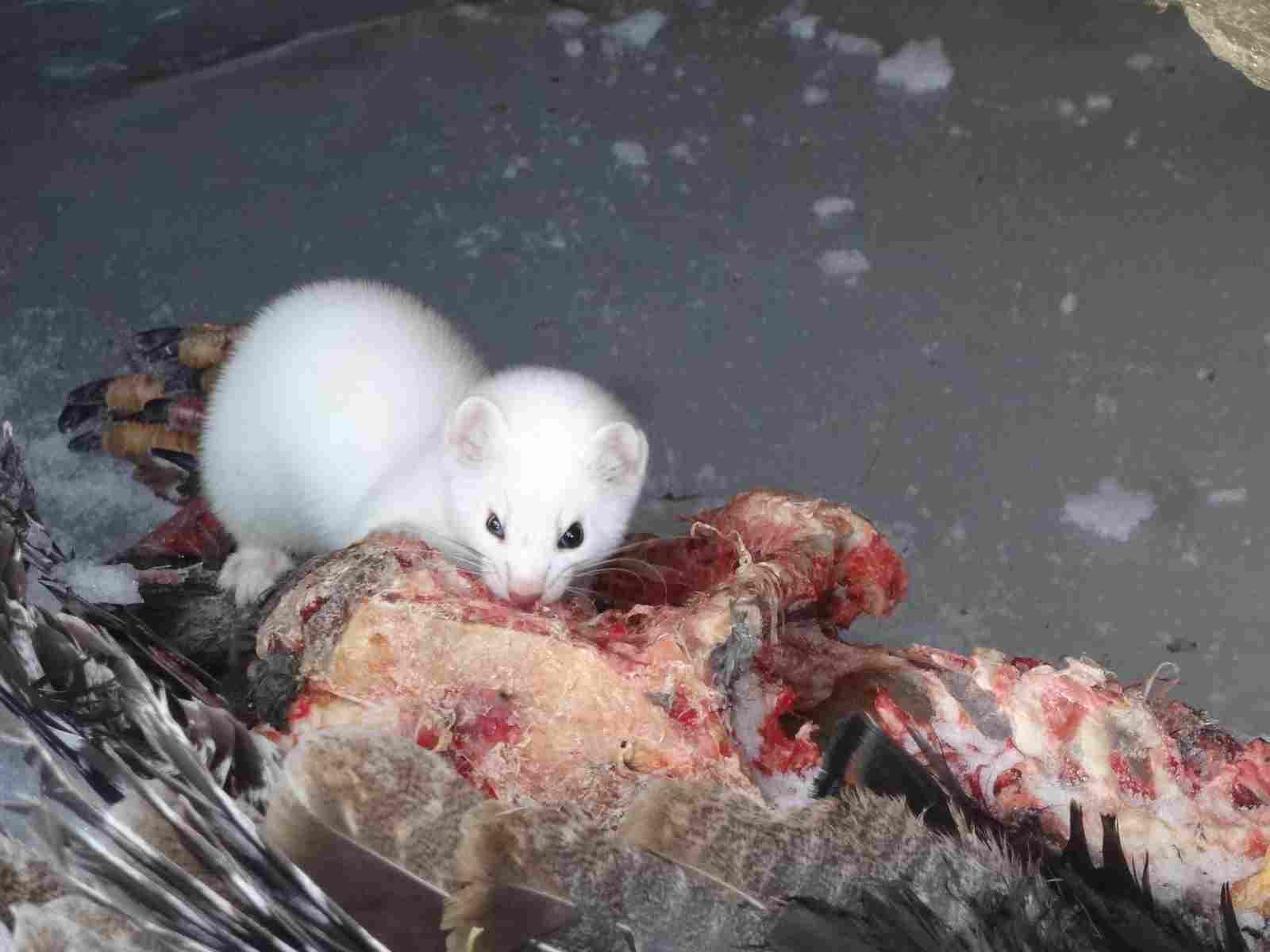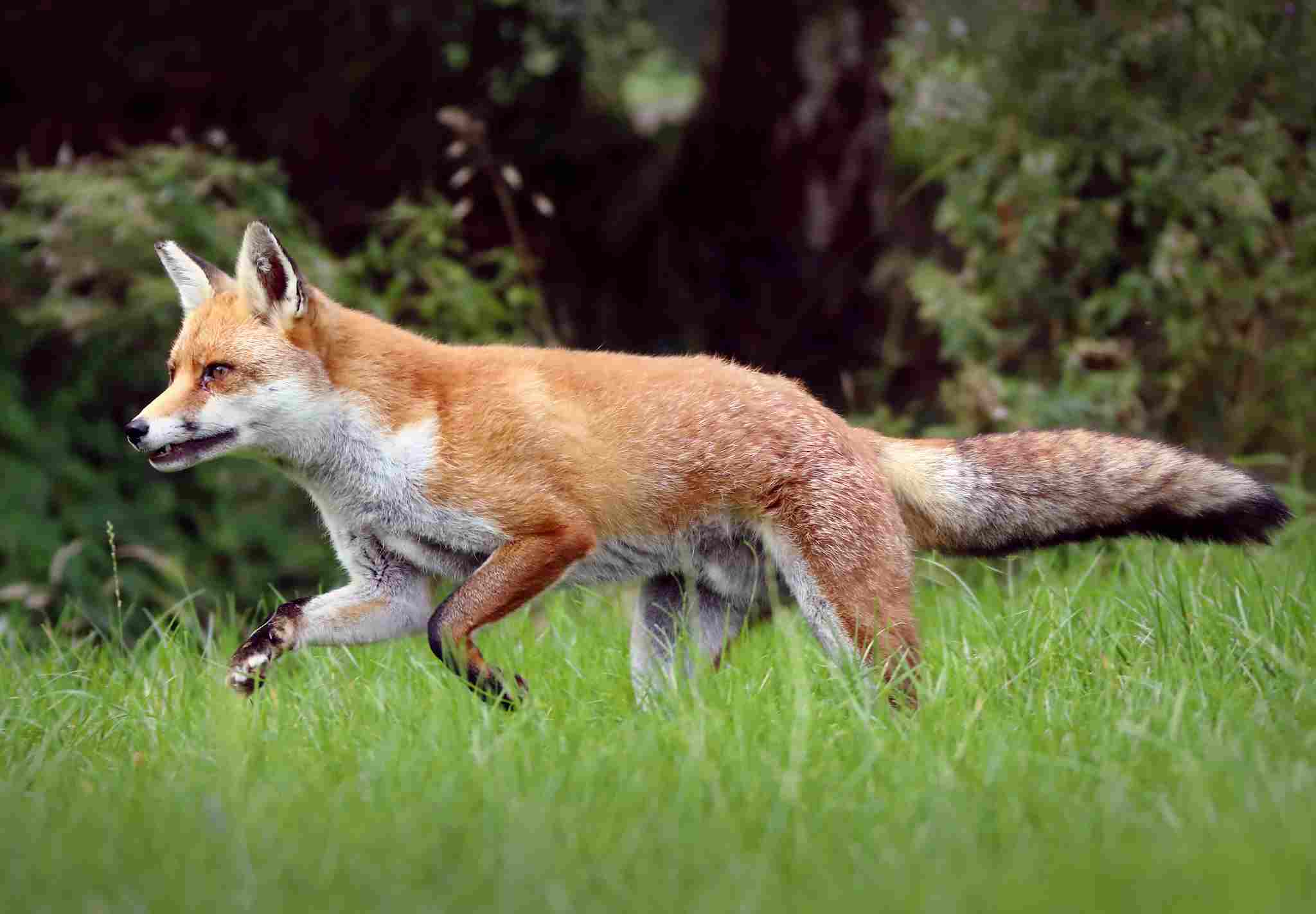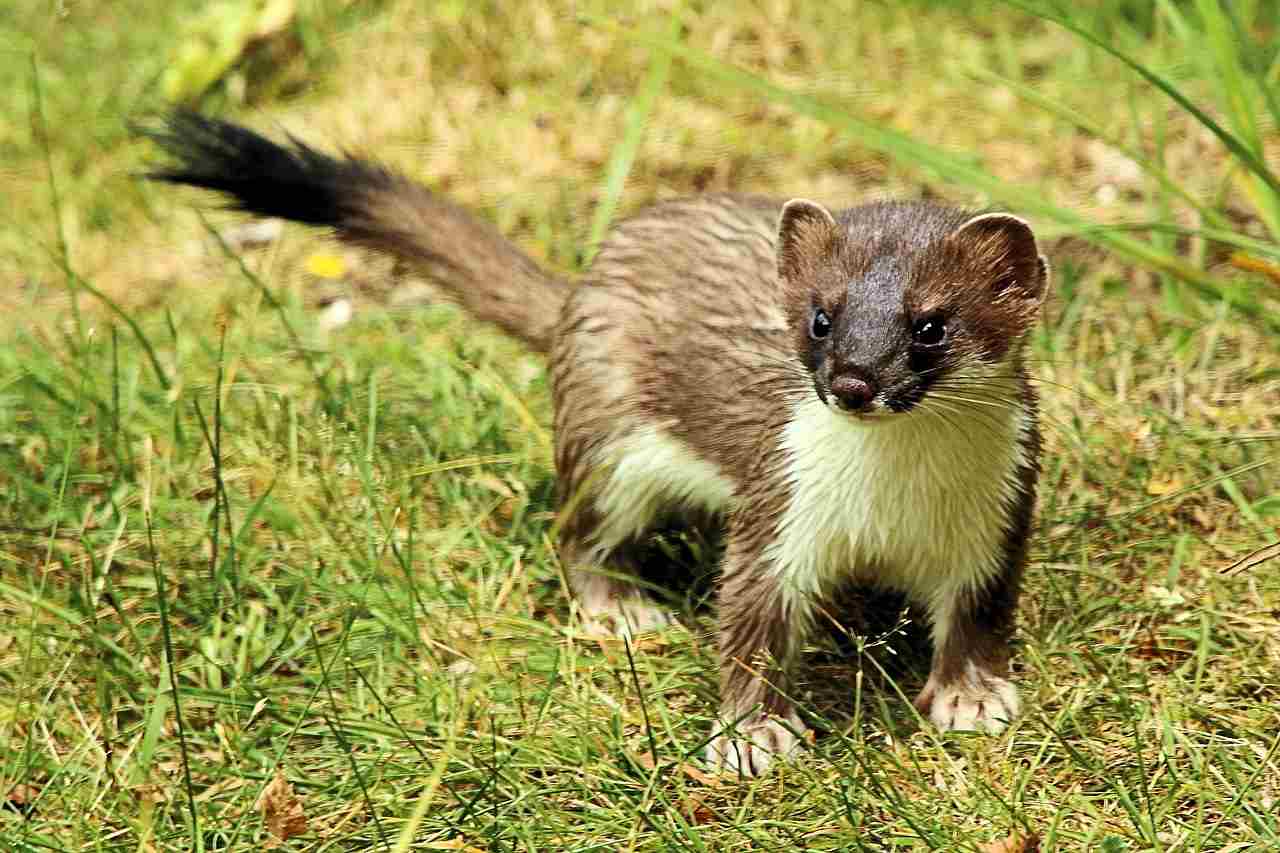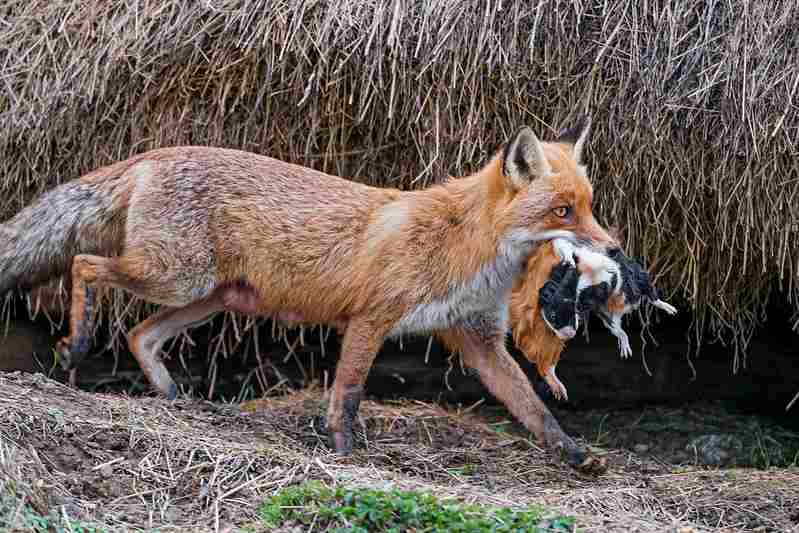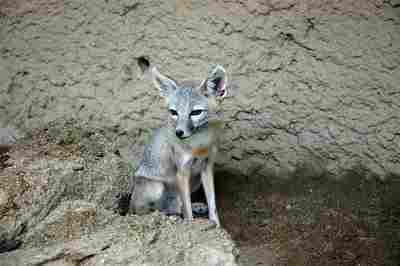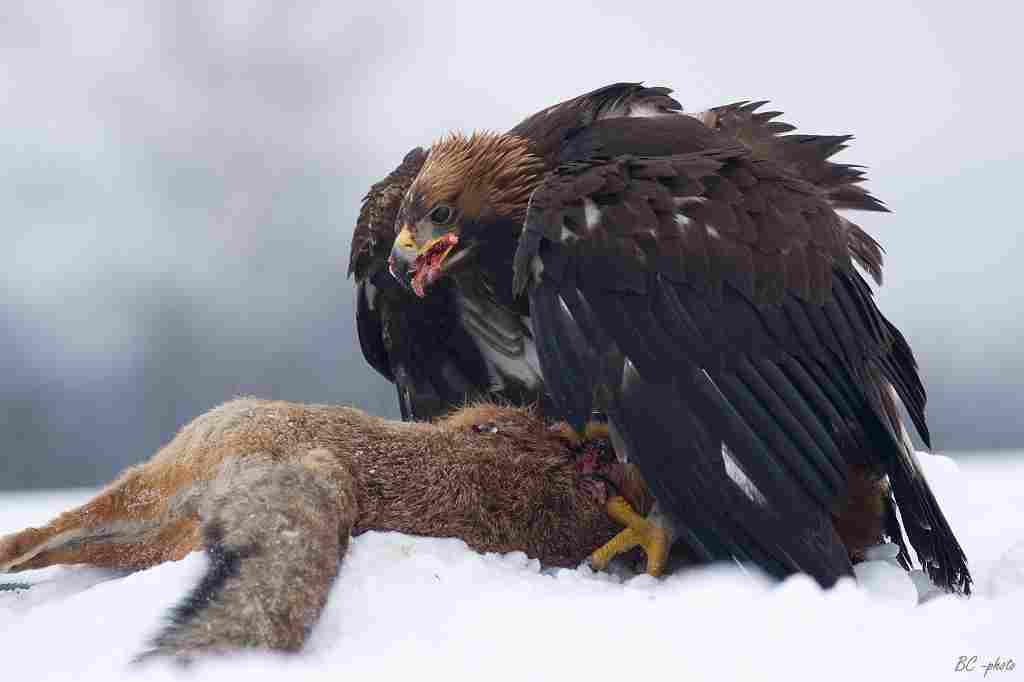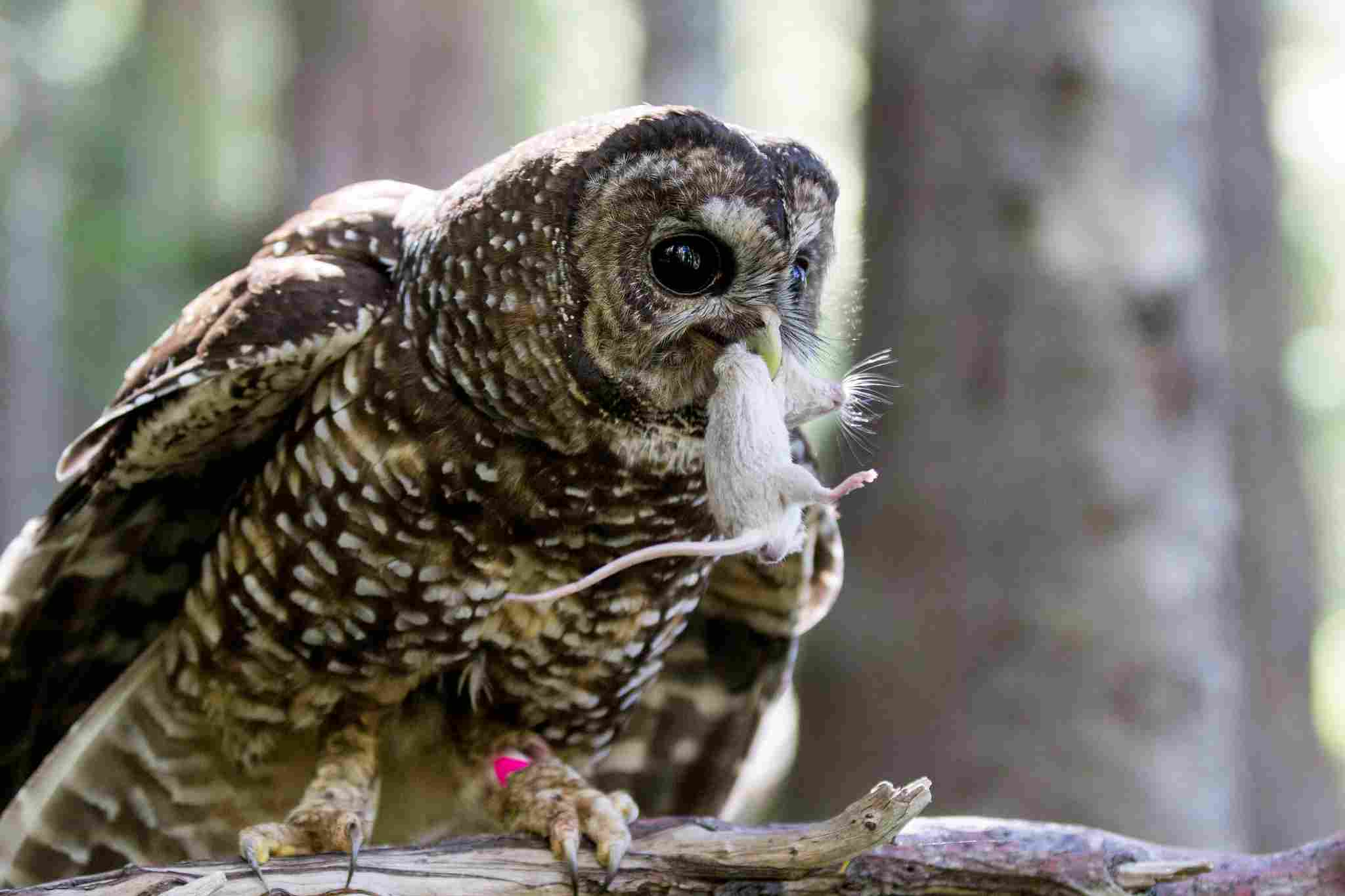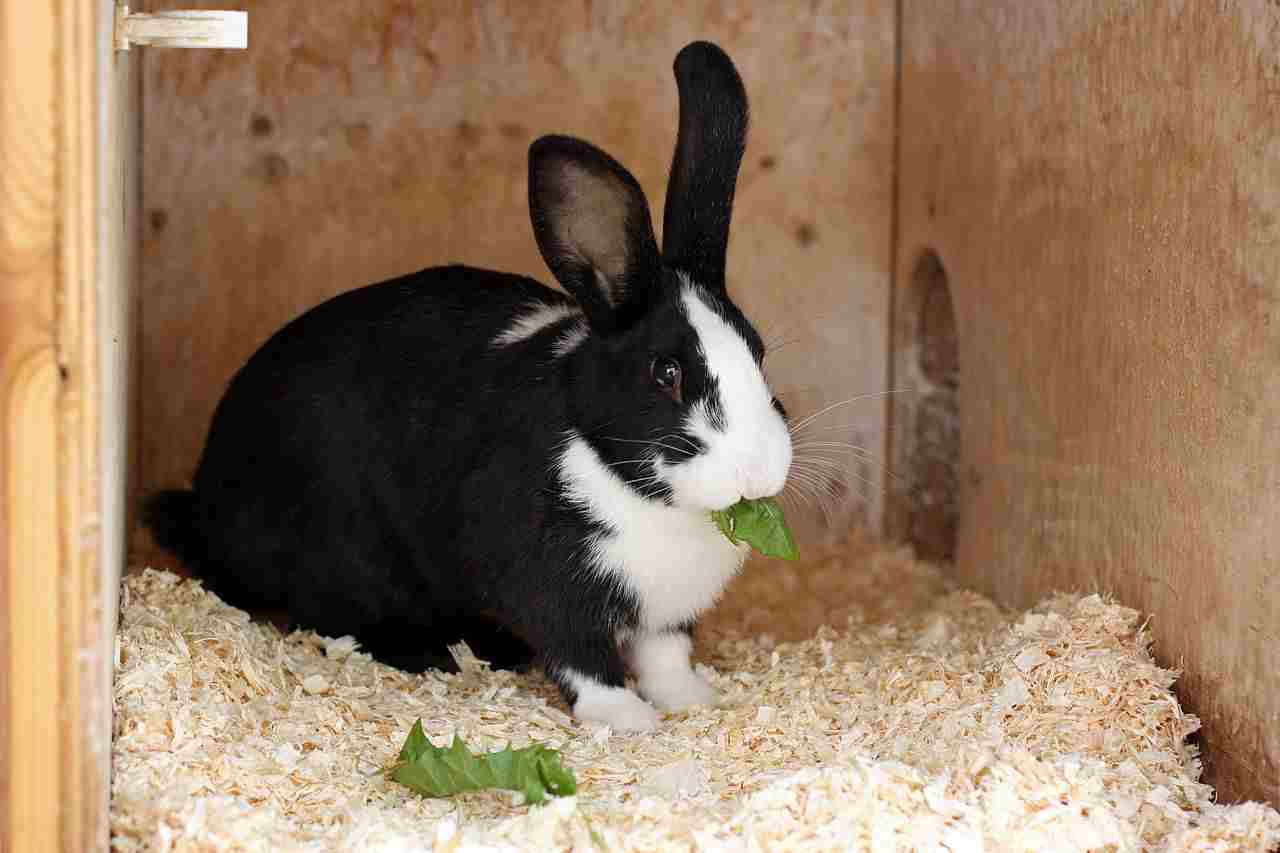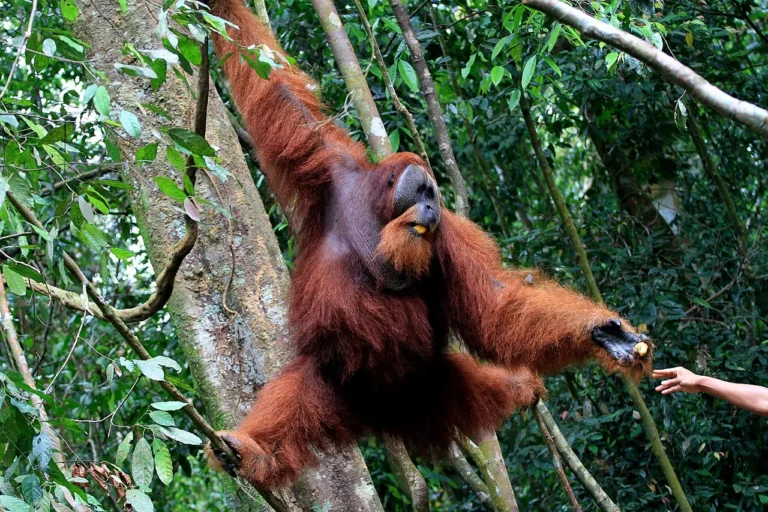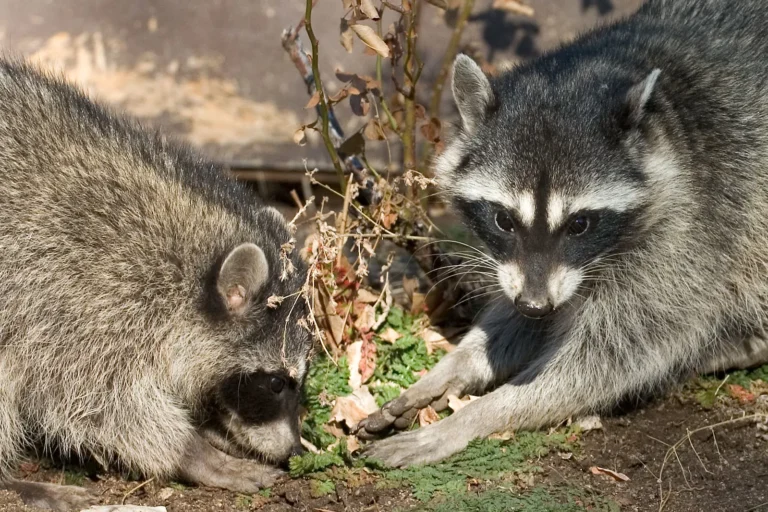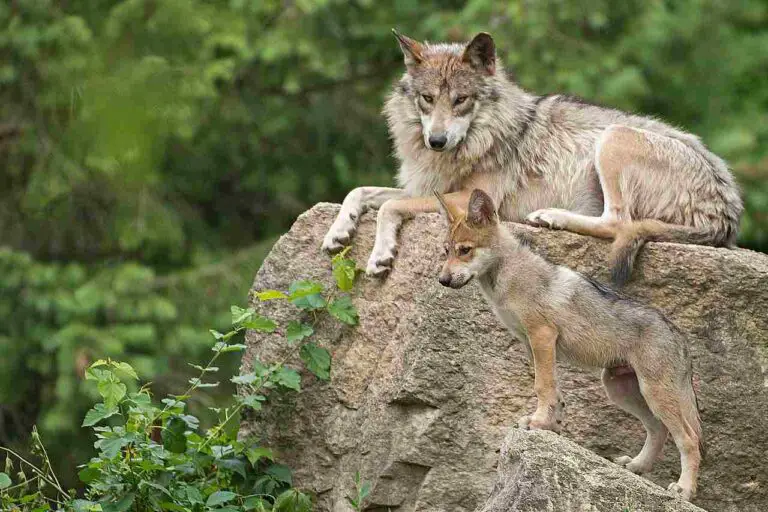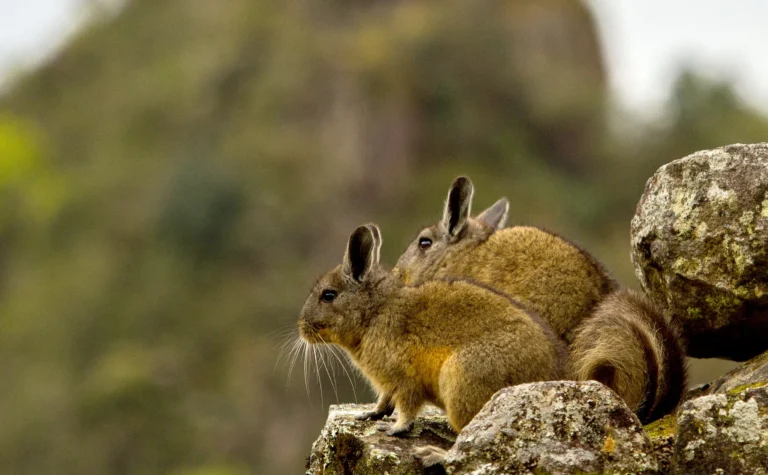5+ Secondary Consumers In The Arctic Tundra Discussed
Secondary consumers in the Arctic tundra are vital components of the ecosystem, playing crucial roles in regulating prey populations and maintaining balance. They include the Arctic Fox, Snowy Owl, Ermine, Goshawk, Gyrfalcon, and Jaeger. These predators hunt small mammals, birds, and other prey species, contributing to the overall health and stability of the Arctic tundra ecosystem.
1. Arctic Fox
The Arctic fox (Vulpes lagopus) is an iconic secondary consumer in the Arctic tundra ecosystem. These adaptable predators are well-suited to the harsh conditions of their habitat. Arctic foxes have thick, white fur during winter, providing camouflage against the snowy landscape, and molt into a brown or gray coat during the summer months. This seasonal change in fur coloration allows them to effectively blend into their surroundings year-round.
Arctic foxes primarily prey on small mammals such as lemmings, voles, and Arctic hares, making them vital components of the tundra food web as secondary consumers. They are opportunistic hunters and scavengers, capable of catching their own prey as well as feeding on carrion left behind by larger predators. Their keen sense of hearing and excellent sense of smell help them locate prey beneath the snow or ice.
During the summer months, Arctic foxes may also feed on eggs, birds, and berries, broadening their diet to adapt to seasonal changes in food availability. They are known for their intelligence and resourcefulness, employing various hunting techniques such as stalking, pouncing, and digging to catch their prey.
Arctic foxes play a crucial role in regulating the populations of their prey species, thus indirectly influencing the entire ecosystem. Their presence helps maintain a balance within the tundra community, preventing any single species from dominating and ensuring the overall health and stability of the ecosystem.
2. Snowy Owl
The Snowy Owl (Bubo scandiacus) is another notable secondary consumer in the Arctic tundra ecosystem. These magnificent birds of prey are well-adapted to the extreme cold and sparse vegetation of the Arctic region. Snowy owls have distinctive white plumage with dark markings, providing effective camouflage against the snowy landscape, making them one of the most iconic symbols of the Arctic.
As apex predators, Snowy Owls primarily hunt small mammals such as lemmings, voles, and Arctic hares, making them important secondary consumers in the tundra food web. They are powerful hunters, capable of catching prey with their sharp talons and strong beaks. Snowy owls have keen eyesight and excellent hearing, allowing them to locate prey even under thick snow cover.
Snowy owls are opportunistic hunters, and their diet may also include birds, fish, and insects, depending on seasonal availability. They are known for their ability to cover vast distances in search of food, making use of their impressive flying skills to traverse the expansive Arctic landscape.
These majestic birds play a significant role in controlling the populations of their prey species, thus contributing to the balance and stability of the Arctic tundra ecosystem. Their presence helps regulate the distribution and abundance of small mammals, preventing overgrazing and ensuring the health of the tundra community as a whole.
3. Ermine
The Ermine, also known as the stoat (Mustela erminea), is a small carnivorous mammal that serves as an important secondary consumer in the Arctic tundra ecosystem. These agile predators have a slender body, short legs, and a long, bushy tail, making them well-suited to navigate the snowy terrain of the tundra.
Ermines primarily prey on small mammals such as voles, lemmings, and rabbits, making them key players in the tundra food web as secondary consumers. They are voracious hunters, capable of catching prey larger than themselves with their sharp teeth and agile movements. Ermines are known for their high energy levels and relentless hunting behavior, often taking down multiple prey animals in quick succession.
During the winter months, ermines undergo a seasonal change in fur coloration, transitioning from brown to white to blend in with the snowy landscape, providing effective camouflage against predators and prey alike. This adaptation allows them to remain concealed while stalking their prey in the harsh Arctic environment.
Ermines are important regulators of small mammal populations in the tundra, helping to maintain a balance within the ecosystem by preventing any single species from becoming too dominant. Their presence ensures the health and stability of the tundra community, contributing to the overall biodiversity and functioning of the Arctic ecosystem.
3. Goshawk
The Goshawk (Accipiter gentilis) is a formidable bird of prey that inhabits the Arctic tundra ecosystem as a secondary consumer. These powerful raptors are well-adapted to the cold climate and sparse vegetation of the tundra region. Goshawks have a sleek build, sharp talons, and keen eyesight, making them efficient hunters in their habitat.
As secondary consumers, Goshawks primarily prey on small to medium-sized birds and mammals, including ptarmigans, grouse, squirrels, and rabbits. They are skilled hunters, using their speed and agility to pursue and capture prey both on the ground and in the air. Goshawks are known for their stealthy hunting techniques, often ambushing unsuspecting prey from concealed perches or during high-speed aerial pursuits.
Goshawks play a crucial role in regulating the populations of their prey species, helping to maintain a balance within the tundra ecosystem. By keeping prey populations in check, Goshawks prevent overgrazing and ensure the health of the tundra community as a whole. Additionally, Goshawks may also scavenge on carrion when prey is scarce, further contributing to the nutrient cycling within the ecosystem.
4. Gyrfalcon
The Gyrfalcon (Falco rusticolus) is the largest and most powerful falcon species, occupying a prominent position as a secondary consumer in the Arctic tundra ecosystem. These magnificent birds of prey are well-adapted to the harsh conditions of the tundra, with thick plumage and formidable hunting skills.
Gyrfalcons primarily prey on birds, including ptarmigans, grouse, ducks, and other small to medium-sized avian species. They are renowned for their incredible speed and agility, capable of diving at high speeds to catch flying prey or pursuing ground-dwelling birds across the tundra landscape. Gyrfalcons are opportunistic hunters, adapting their hunting techniques to target the most abundant prey species in their habitat.
As secondary consumers, Gyrfalcons play a vital role in controlling bird populations within the tundra ecosystem. By keeping prey populations in check, Gyrfalcons help maintain the balance and diversity of bird species in the region, preventing any single species from dominating and ensuring the overall health of the tundra community.
5. Jaeger
The Jaeger, also known as the skua, is a predatory seabird that ventures into the Arctic tundra during the breeding season, serving as a secondary consumer in the ecosystem. These powerful birds are opportunistic hunters, preying on a variety of small mammals, birds, and fish.
Jaegers primarily feed on seabirds, stealing food from other birds or scavenging on carrion along the coastline. During the breeding season, Jaegers may also hunt small mammals and birds in the tundra, taking advantage of the abundance of prey in the region. They are known for their aggressive behavior, often engaging in aerial battles with other birds to defend their territory or steal food.
Despite spending much of their time at sea, Jaegers play a significant role in the Arctic tundra ecosystem during the breeding season. Their presence helps regulate the populations of small mammals and birds in the region, contributing to the overall balance and stability of the tundra community. Additionally, Jaegers may also play a role in nutrient cycling by scavenging on carrion and redistributing nutrients throughout the ecosystem.
*Summary
-
Arctic Fox:
-
Adapted to harsh Arctic conditions with thick fur.
-
Primarily preys on small mammals like lemmings and voles.
-
Opportunistic hunters and scavengers, also feed on carrion.
-
Regulates prey populations, maintaining ecosystem balance.
-
-
Snowy Owl:
-
White plumage provides camouflage in snowy landscape.
-
Hunts small mammals like lemmings, voles, and Arctic hares.
-
Powerful hunters with keen eyesight and hearing.
-
Controls prey populations, contributing to ecosystem stability.
-
-
Ermine:
-
Slender predator preying on small mammals.
-
Seasonal fur color change for camouflage.
-
Voracious hunters, important for regulating prey populations.
-
Ensures balance within the tundra ecosystem.
-
-
Goshawk:
-
Sleek raptors preying on small to medium-sized birds and mammals.
-
Stealthy hunters with ambush and aerial pursuit techniques.
-
Regulates bird and mammal populations, preventing overgrazing.
-
-
Gyrfalcon:
-
Largest falcon species adapted to Arctic conditions.
-
Hunts birds including ptarmigans and ducks.
-
Swift hunters maintaining bird population balance.
-
Contributes to ecosystem health and diversity.
-
-
Jaeger:
-
Seabird predator venturing into tundra during breeding season.
-
Opportunistic hunter and scavenger, preying on small mammals and birds.
-
Aggressive behavior defending territory and stealing food.
-
Helps regulate prey populations and nutrient cycling in the Arctic tundra.
-
| Arctic Fox |
– Adapted to harsh Arctic conditions with thick fur.
|
|
– Primarily preys on small mammals like lemmings and voles.
|
|
|
– Opportunistic hunters and scavengers, also feed on carrion.
|
|
|
– Regulates prey populations, maintaining ecosystem balance.
|
|
| Snowy Owl |
– White plumage provides camouflage in snowy landscape.
|
|
– Hunts small mammals like lemmings, voles, and Arctic hares.
|
|
|
– Powerful hunters with keen eyesight and hearing.
|
|
|
– Controls prey populations, contributing to ecosystem stability.
|
|
| Ermine |
– Slender predator preying on small mammals.
|
|
– Seasonal fur color change for camouflage.
|
|
|
– Voracious hunters, important for regulating prey populations.
|
|
|
– Ensures balance within the tundra ecosystem.
|
|
| Goshawk |
– Sleek raptors preying on small to medium-sized birds and mammals.
|
|
– Stealthy hunters with ambush and aerial pursuit techniques.
|
|
|
– Regulates bird and mammal populations, preventing overgrazing.
|
|
| Gyrfalcon |
– Largest falcon species adapted to Arctic conditions.
|
|
– Hunts birds including ptarmigans and ducks.
|
|
|
– Swift hunters maintaining bird population balance.
|
|
|
– Contributes to ecosystem health and diversity.
|
|
| Jaeger |
– Seabird predator venturing into tundra during breeding season.
|
|
– Opportunistic hunter and scavenger, preying on small mammals and birds.
|
|
|
– Aggressive behavior defending territory and stealing food.
|
|
|
– Helps regulate prey populations and nutrient cycling in the Arctic tundra.
|
Related FAQs
Q: Why are Arctic foxes white?
A: Arctic foxes have white fur during winter to blend in with the snowy landscape, providing camouflage against predators and prey. In summer, their fur changes to a brown or gray color to match the tundra vegetation.
Q: How do Snowy Owls hunt in the Arctic tundra?
A: Snowy Owls primarily hunt by perching and scanning the tundra for prey. They use their keen eyesight and hearing to locate small mammals such as lemmings and voles, then swoop down to catch them with their sharp talons.
Q: Do Ermines hibernate in the Arctic tundra?
A: Ermines do not hibernate in the Arctic tundra. Instead, they remain active throughout the year, hunting for prey in the snow-covered landscape. They rely on their seasonal fur color change for camouflage to blend in with their surroundings.
Q: How do Goshawks contribute to the Arctic tundra ecosystem?
A: Goshawks help regulate bird and mammal populations in the Arctic tundra by preying on species such as ptarmigans, grouse, and rabbits. By controlling prey populations, Goshawks prevent overgrazing and maintain ecosystem balance.
Q: Are Gyrfalcons found only in the Arctic tundra?
A: While Gyrfalcons are well-adapted to Arctic conditions and are commonly found in the tundra, they can also inhabit other habitats such as taiga forests and coastal cliffs. However, they are most abundant in the Arctic tundra during the breeding season.
Q: What role do Jaegers play in the Arctic tundra ecosystem?
A: Jaegers are seabird predators that venture into the Arctic tundra during the breeding season. They help regulate prey populations such as small mammals and birds and contribute to nutrient cycling by scavenging on carrion.
